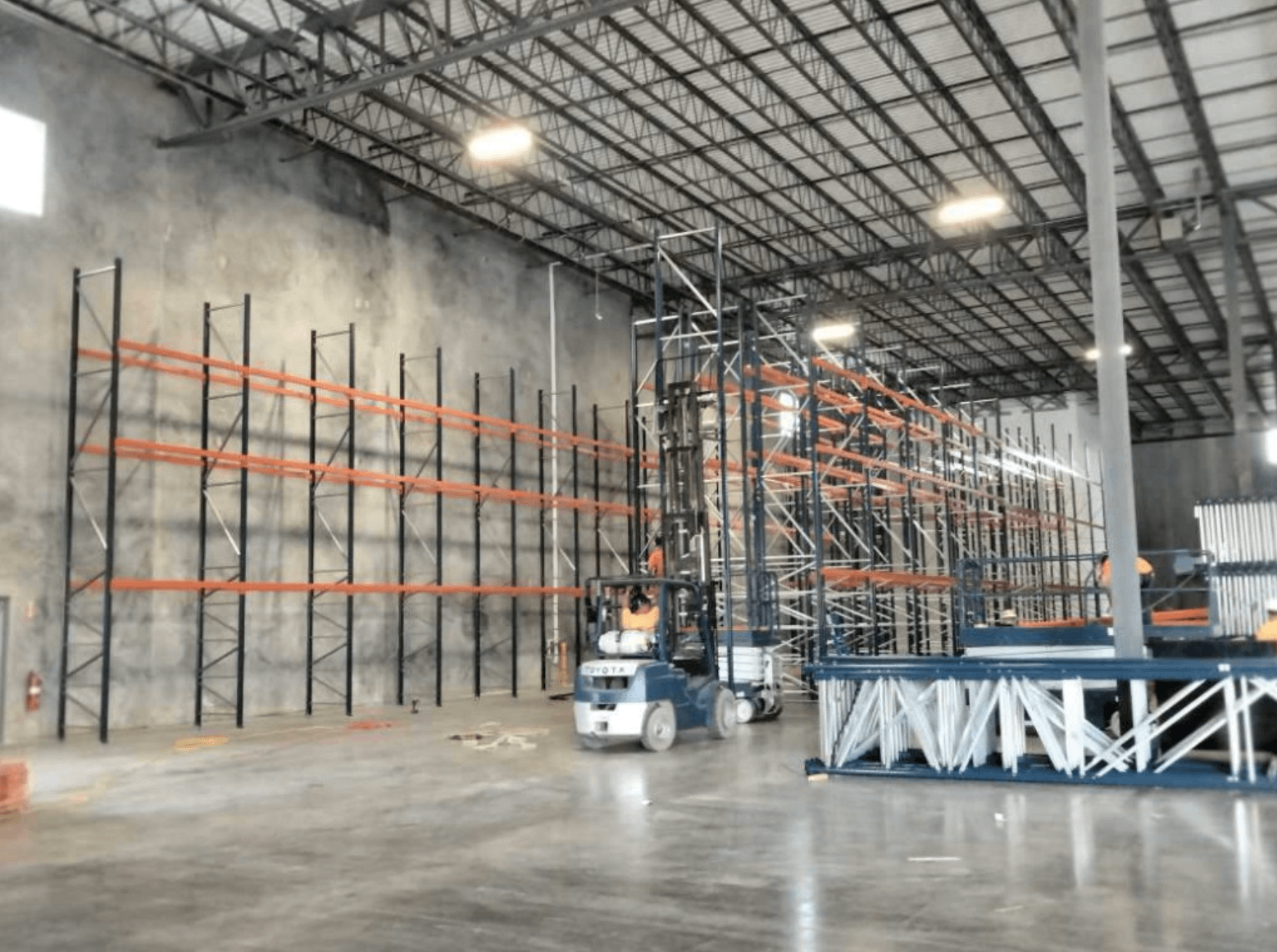Vertical farming can be a huge boon to many different people. Vertical farming is great for any person who wants a lot of crops in one place. However, there are some inefficiencies you should avoid when it comes to vertical farming. Here’s a look at some common ones.
1. Lacking Temperature Control
Temperature control is very important for the management of vertical farms if you want them to be truly efficient. Temperature control gives you the means to create the ideal environment for your plants.
2. Ignoring Automation
Most of the tasks that come with vertical farming are exact sciences. Timing is extremely important. That’s why automating these systems can save you a lot of issues and help regulate the care of your crops. Things like automatic water pumps and fertilizer systems can save you time and effort when developing a vertical farming system.
3. Just Using Vertical Farming
Although vertical farming is a great way to grow plants, it has many other uses that are well worth the investment. The biggest being aquaponics. Aquaponics involves keeping fish alongside the plants, with the plants filtering the water and the fish providing fertilizer. This means you can farm and sell fish alongside the crops you grow in your vertical farm.
4. Poor Water Usage
The last of the inefficiencies you should avoid in vertical farming is utilizing your water poorly. One of the main benefits of vertical farming is saving water and lowering water expenses, but poor water management can make you lose the money you would save otherwise. Take your time developing a water plan and researching what your crops need to create the best system possible.
Avoiding these issues and making sure your systems run smoothly is a great way to ensure your vertical farm is efficient. These issues can do a lot of damage to the efficiency and productivity of your systems. Preventing them should be a priority.


